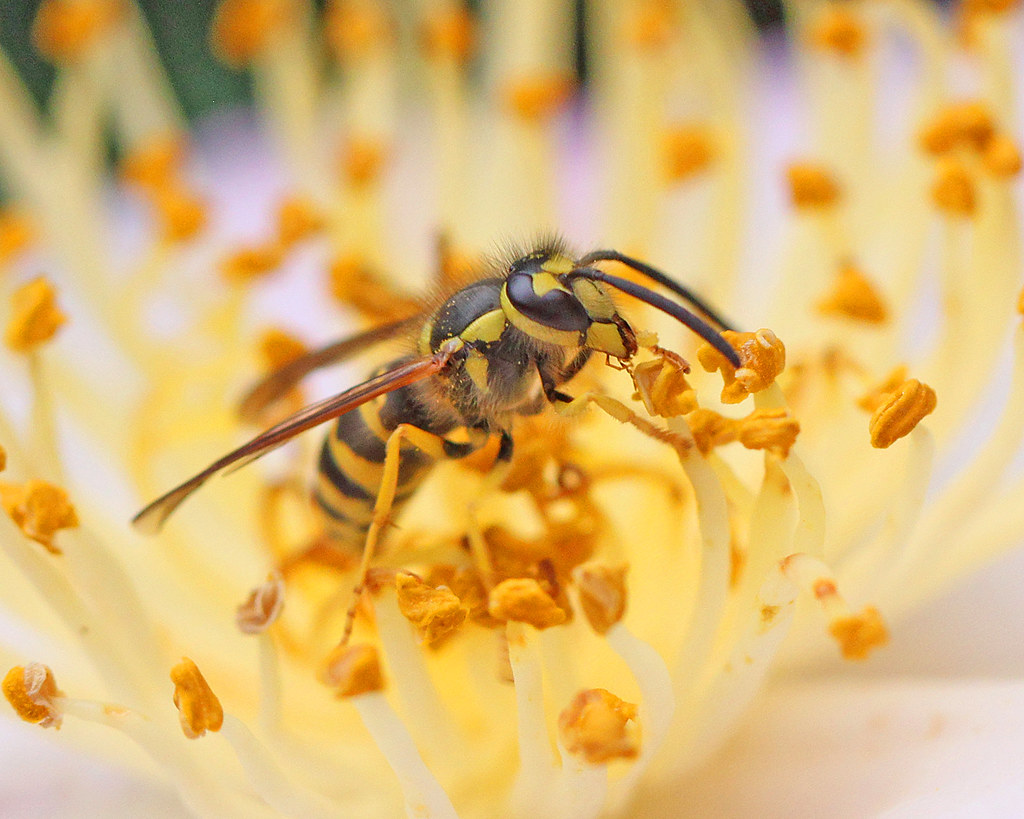Yellow jackets are often viewed as aggressive and dangerous pests, but are they beneficial in any way? Despite their intimidating nature, yellow jackets play a role in the ecosystem that might surprise you. Let’s take a closer look at how these insects contribute to the environment and whether they offer any advantages.



1. Yellow Jackets as Pollinators
While honeybees and butterflies are commonly associated with pollination, yellow jackets can also play a role in this process. Though they are not as efficient as bees, yellow jackets visit flowers in search of nectar. During this process, they help transfer pollen from one flower to another. This incidental pollination can contribute to the reproduction of various plants. However, yellow jackets are not the primary pollinators and may not be as beneficial as other insects like bees. Still, in areas where other pollinators are scarce, yellow jackets can have a minor role in helping plants reproduce.2. Yellow jackets as Natural Pest Control
One of the most significant benefits of yellow jackets is their role as natural pest controllers. Yellow jackets are predators, feeding on a variety of insects, including flies, caterpillars, and spiders. They hunt these pests and bring them back to their nests to feed their larvae. By doing so, yellow jackets help control insect populations that can damage crops or become nuisances to humans. In agricultural settings, yellow jackets can reduce the need for chemical pesticides. Their appetite for pests makes them useful in gardens, farms, and orchards, where they can naturally limit the number of harmful insects. This pest control service is one of the main benefits yellow jackets offer, especially to farmers and gardeners.3. Recycling Organic Matter
Yellow jackets also play a role in cleaning up dead animal matter. They are scavengers, meaning they feed on decaying organic material such as dead insects or even roadkill. By consuming this material, yellow jackets help speed up the decomposition process and return nutrients to the soil. This recycling of organic matter is beneficial for the environment, as it helps maintain the balance of ecosystems. While this benefit may not directly impact humans, it is a vital part of nature’s cycle.4. The Downsides of Yellow Jackets
Despite their ecological benefits, yellow jackets are often considered more of a threat than an asset. Their aggressive behavior, especially when they feel their nests are threatened, can lead to painful stings. For individuals who are allergic to yellow jacket venom, these stings can even be life-threatening. Additionally, yellow jackets are drawn to human food and drinks, making them a common nuisance at outdoor gatherings. In contrast to other beneficial insects like bees, the danger posed by yellow jackets may outweigh their advantages for many people. While they contribute to pest control and recycling, their aggressive nature often overshadows these benefits.
Getting Rid of Yellow Jackets: A Practical Approach
If yellow jackets are nesting near your home or outdoor areas, it’s essential to handle them with care. Here’s a table outlining safe ways to get rid of yellow jackets:| Method | Description |
| Locate the Nest | Find the yellow jacket nest, often found in the ground, bushes, or trees. Avoid disturbing the nest directly. |
| Use Yellow Jacket Traps | Place traps around your yard to attract and capture yellow jackets. Ensure traps are away from where you gather. |
| Natural Repellents | Essential oils like peppermint or eucalyptus can effectively repel yellow jackets when sprayed around their nest area. |
| Hire a Professional | If the nest is large or in a difficult location, it’s best to call a pest control professional for safe removal. |
| Seal Entry Points | Prevent yellow jackets from entering your home by sealing cracks, holes, and gaps in windows or doors. |




